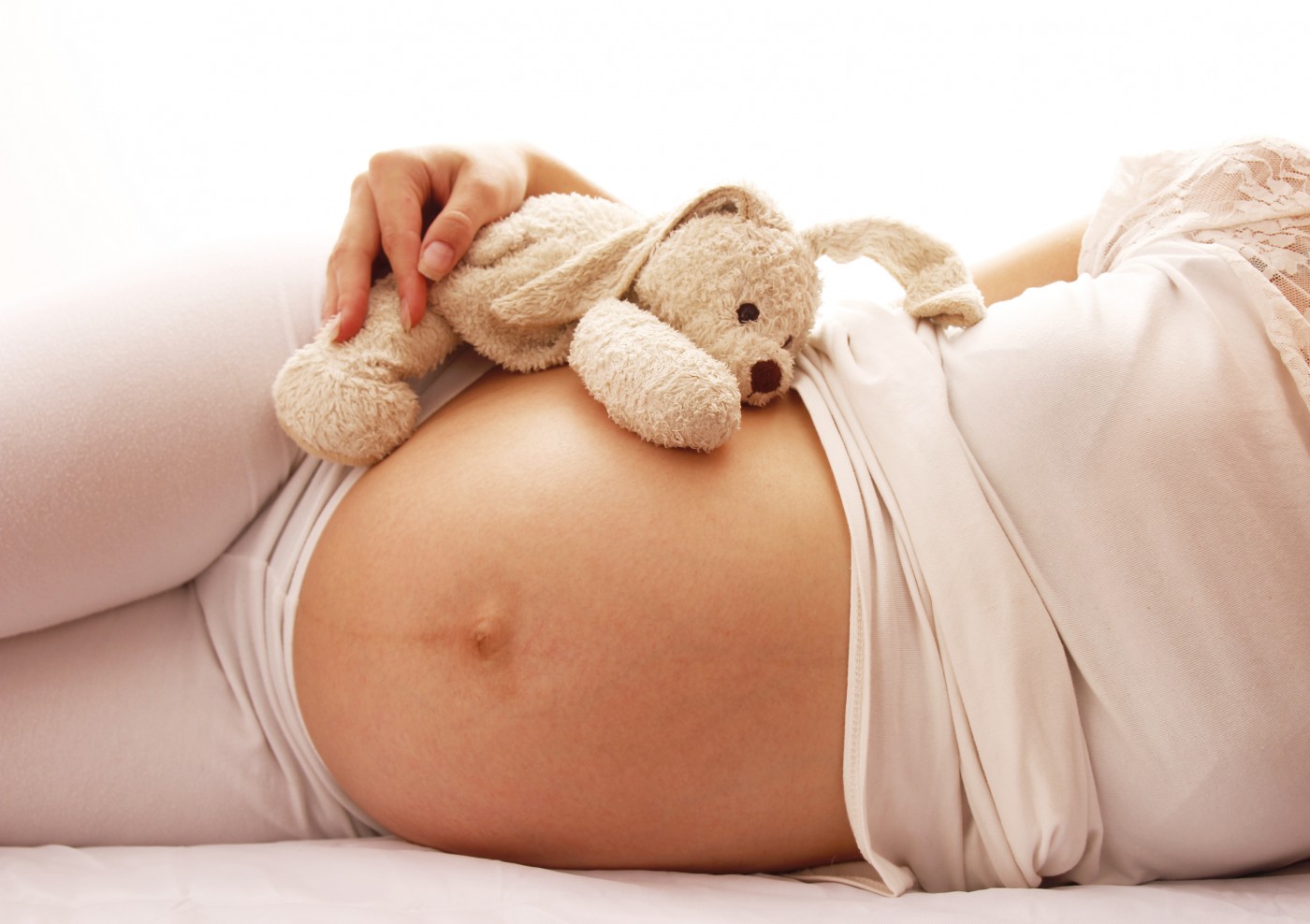Fall in Cerebral Palsy Rates and Severity in Norway Linked to Better Childbirth Care, Study Says

Better obstetric and neonatal care over the last 20 years in Norway was linked to a drop in the prevalence of cerebral palsy and the severity of its subtypes in a recent study.
The study,”Decreasing prevalence and severity of cerebral palsy in Norway among children born 1999 to 2010 concomitant with improvements in perinatal health,” was published in the European Journal of Paediatric Neurology.
Previous studies have reported that the prevalence of cerebral palsy among newborns worldwide (1.5 and 3 per 1,000 in various populations) has been stable for more than 50 years, leading some to question whether improvements in care affect theses rates.
To investigate, researchers analyzed data from the Medical Birth Registry of Norway between 1999 and 2010. Cerebral palsy was diagnosed and classified into its subtypes using standard disease scales.
Data from a public health database was also gathered to assess changes in perinatal health indicators (e.g., prevalence of perinatal mortality) in the general population during the same period.
Out of the 707,916 live births reported in the roughly 20-year study period, 1,664 babies were diagnosed with cerebral palsy. Close inspection showed a drop in cerebral palsy prevalence from 2.62 per 1,000 births in 1999 to 1.89 per 1,000 in 2010.
Analysis of subtypes indicated that the prevalence of bilateral spastic cerebral palsy — the most common form, involving tightness and stiffness of the muscles — fell significantly over the study period (from 1.31 per 1,000 in 1999 to 0.67 per 1,000 in 2010), while rates of quadriplegic cerebral palsy — the most severe form with loss of movement in the legs, arms and body — and dyskinetic cerebral palsy — characterized by involuntary movements — decreased from 2007 onward.
There was also a drop in the prevalence of gross motor impairment, epilepsy, intellectual disability and limited speech among cerebral palsy patients throughout the study’s year.
These changes were accompanied by significant improvements in perinatal health indicators in the general Norwegian population, including decreased perinatal mortality and preeclampsia — a pregnancy disorder characterized by high blood pressure that poses risks to both the mother and baby, including the possibility of cerebral palsy.
“The decrease in the prevalence of CP and improved clinical picture, along with a decrease in perinatal mortality … may be explained by general improvements in obstetric and neonatal care during the last 20 years in Norway,” researchers concluded.


